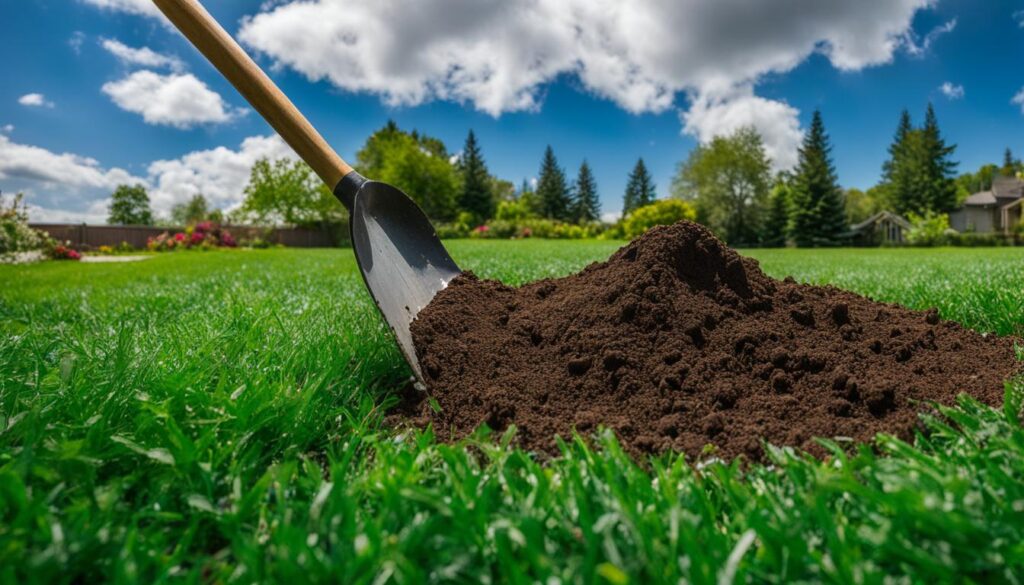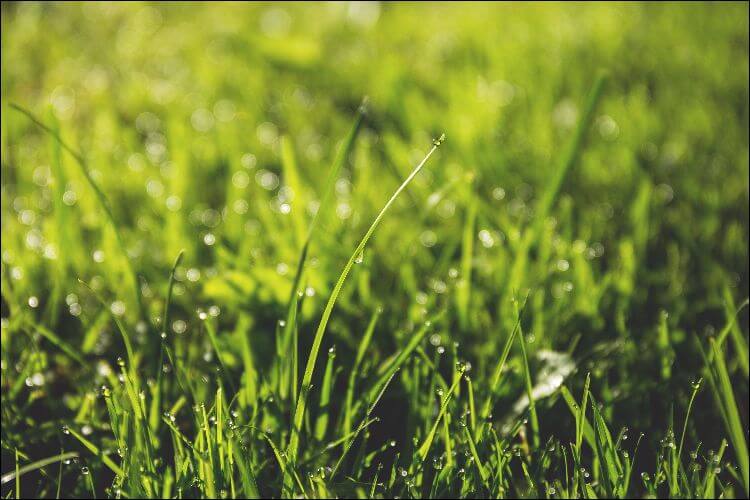If you’re looking to spread wood ash on your lawn to enrich the soil and boost grass health, there are a few important things to consider. Wood ash can be beneficial for lawns, but it’s crucial to understand its effects on the soil before applying it.
Wood ash has a pH of 9 and above, making it highly alkaline due to its high calcium content. However, most soils in the United States are acidic. Adding wood ash without performing a soil test can potentially make the soil too alkaline, damaging or even killing your lawn. To ensure the best results, it’s recommended to conduct an annual soil test to monitor pH levels and adjust accordingly.
While wood ash doesn’t provide significant amounts of nitrogen as a fertilizer, it does contain potassium, which promotes root growth in plants. However, it’s important to note that wood ash should not be spread around acid-loving plants such as blueberries, azaleas, rhododendrons, and mountain laurel.
By understanding how to properly use wood ash on your lawn, you can enhance soil fertility and promote healthier grass growth. In the next sections, we’ll explore the benefits of recycling wood ash into the soil and other ingenious uses for firepit ash.
Benefits of Recycling Wood Ash into the Soil
Recycling wood ash into the soil can provide several benefits. One of the primary benefits is fertilization, as wood ash contains micronutrients that can enrich the soil. Additionally, wood ash can raise pH levels, making the soil less acidic. However, it is crucial to test the soil before applying wood ash to ensure that the pH is within the appropriate range. Soil with a pH of 6.5 to 7 or above does not require the addition of wood ash. If the pH is too high, it can bind up micronutrients and hinder crop growth. Soil testing is recommended, especially when starting a new garden, to determine the fertility and organic matter content. It is also important to consider the potassium levels in the soil, as high levels of potassium may make wood ash unnecessary.
Other Uses for Firepit Ash
Firepit ash has multiple uses beyond spreading it on your lawn. One popular application is incorporating it into composting, where it can significantly enhance the quality of your compost. The ashes from a firepit can also serve as an effective pest repellent due to the scent they release, effectively warding off insects and bugs.
Additionally, firepit ash can be utilized to remove stubborn stains from asphalt or concrete surfaces. By applying a layer of ash and gently sweeping or rubbing it away, the ashes can effectively absorb and eliminate the stains, restoring the cleanliness of the surface.
When using firepit ash, it’s important to note that it may be unnecessary to use it on grass or soil that already has high levels of potassium. Understanding the various uses of firepit ash can contribute to your gardening efforts and help maintain healthy soil conditions.
Can Wood Ash be Used for DIY Gravel Road Dust Control?
Yes, wood ash can be a cost-effective solution for gravel road dust control. By applying a thin layer of wood ash on the road surface, it can help to keep the dust down and improve traction. This natural approach is an environmentally friendly option for maintaining gravel road dust control.










